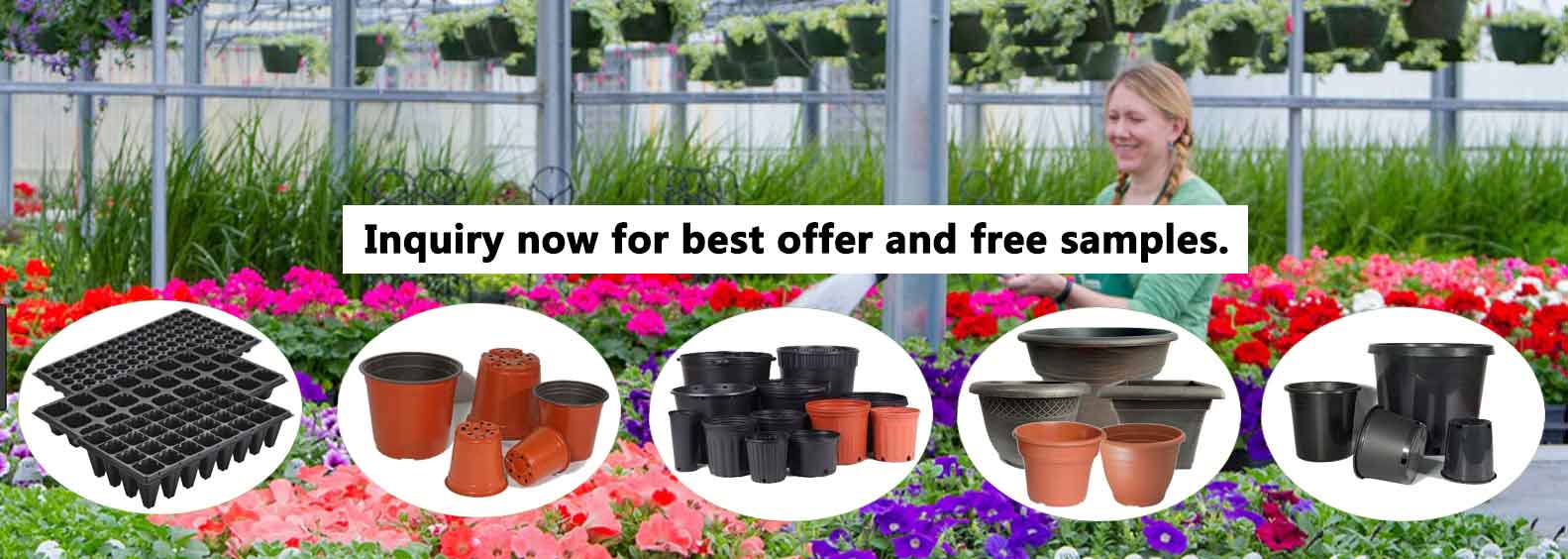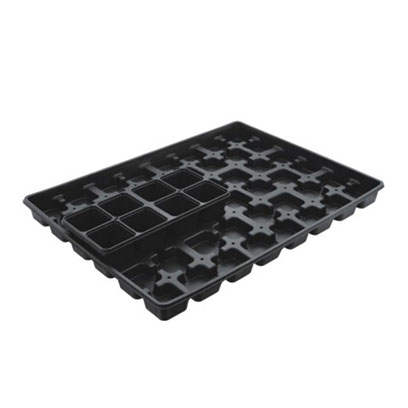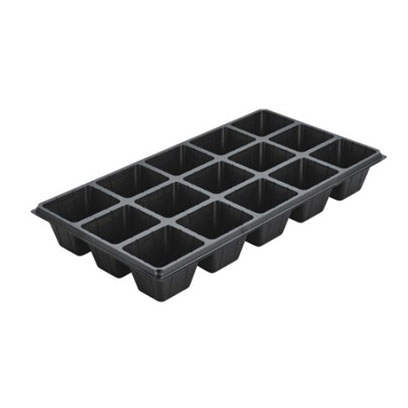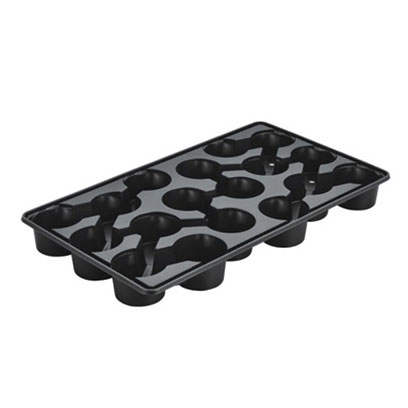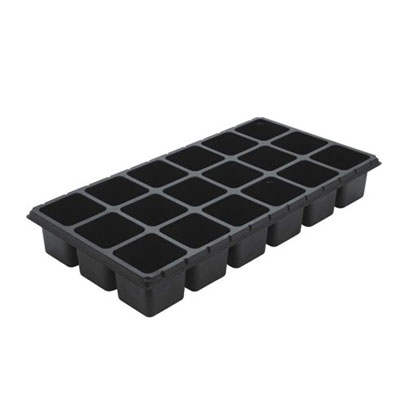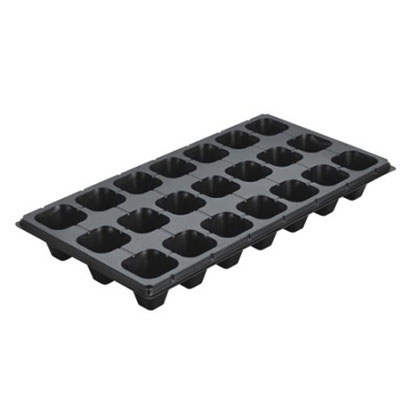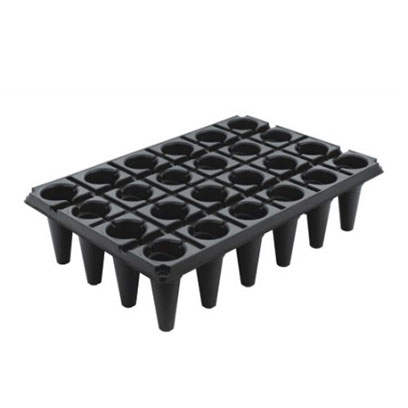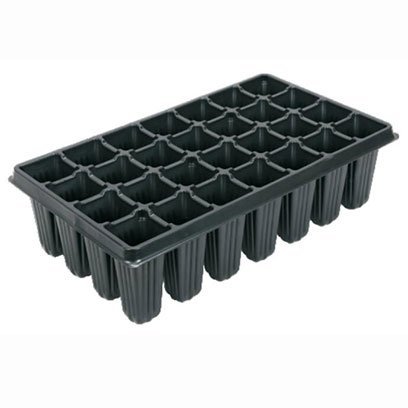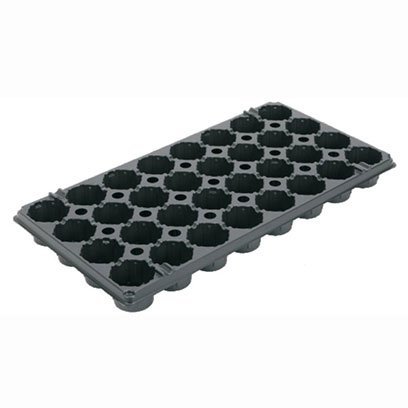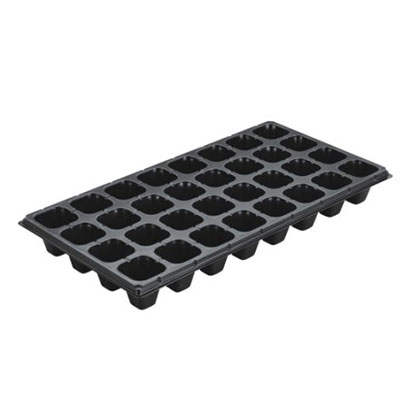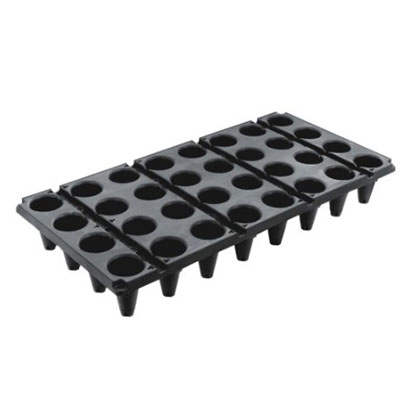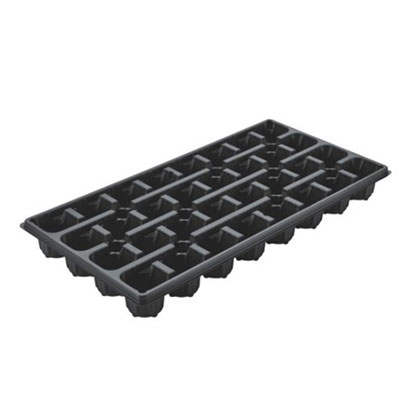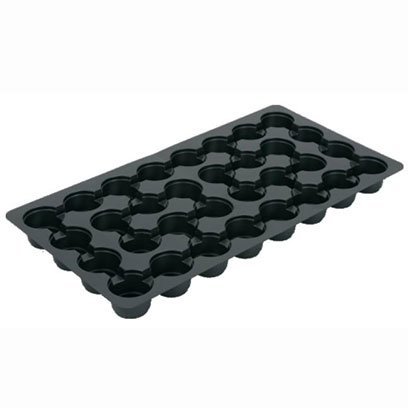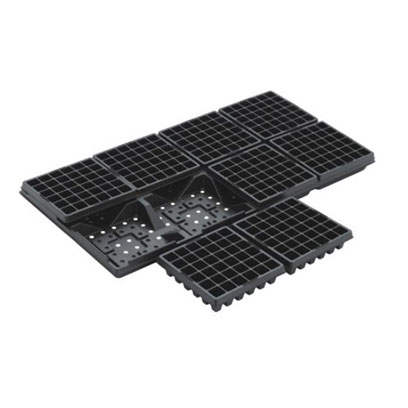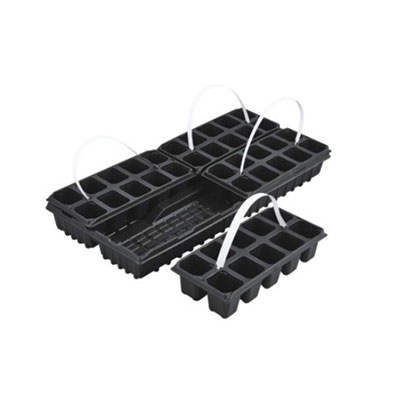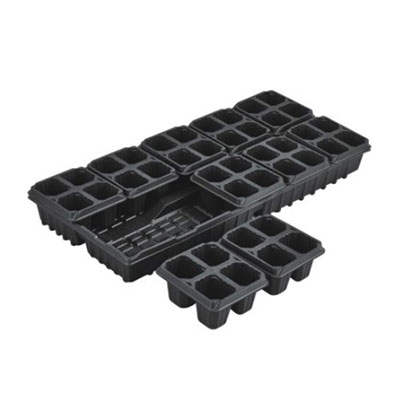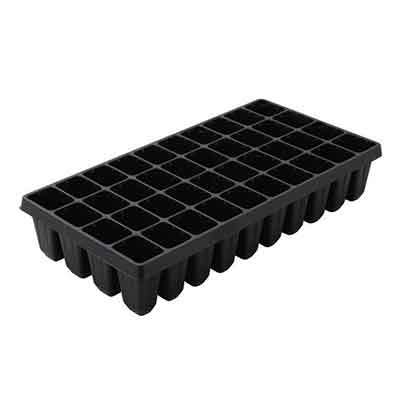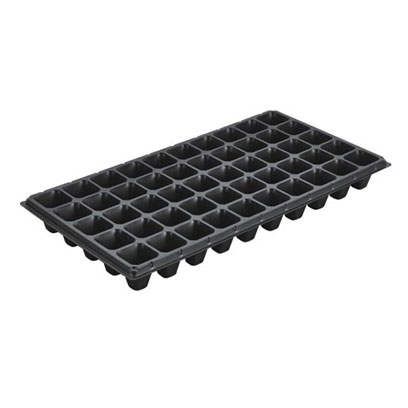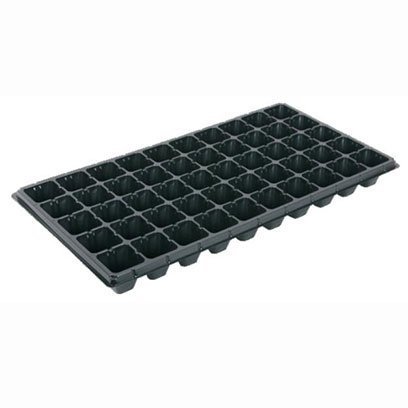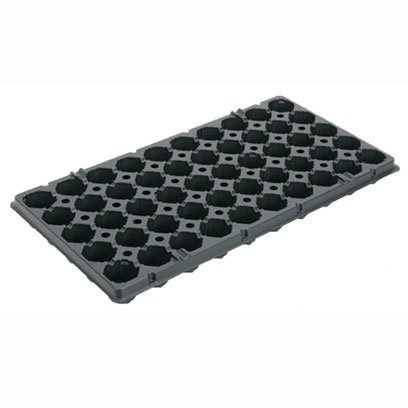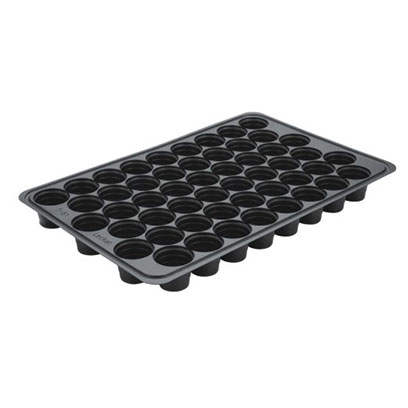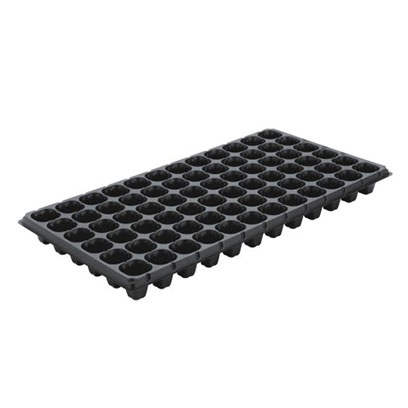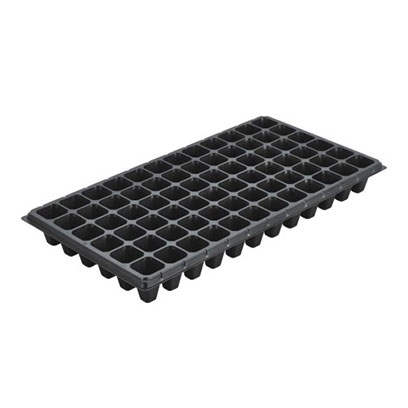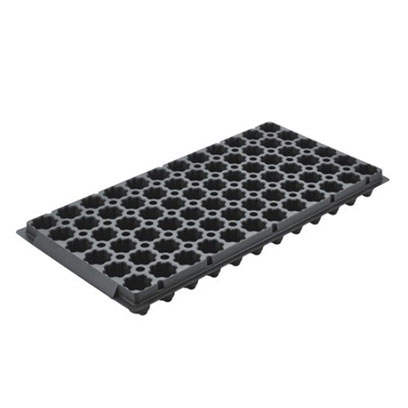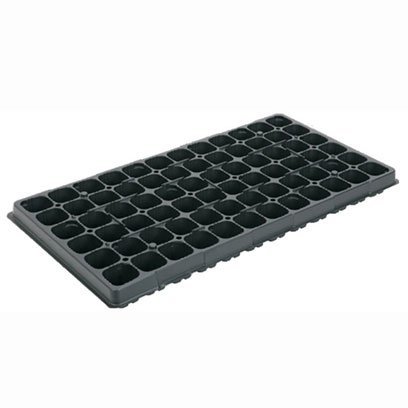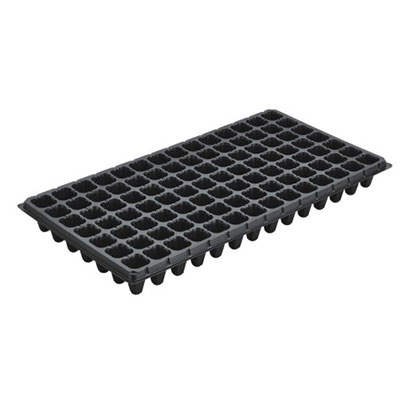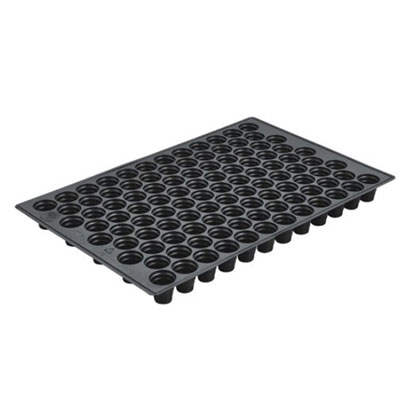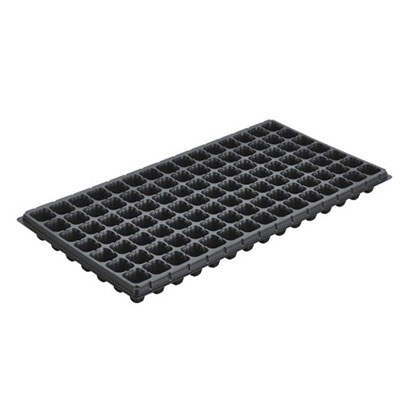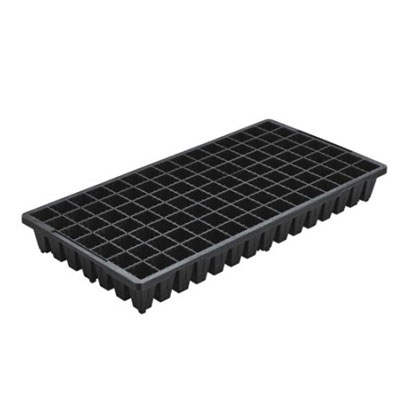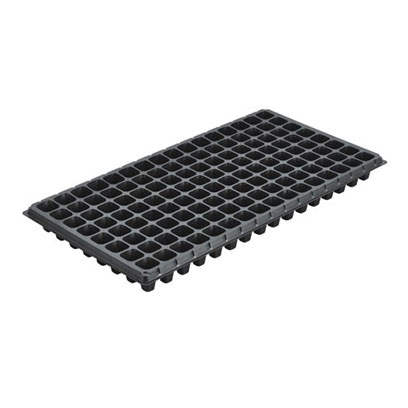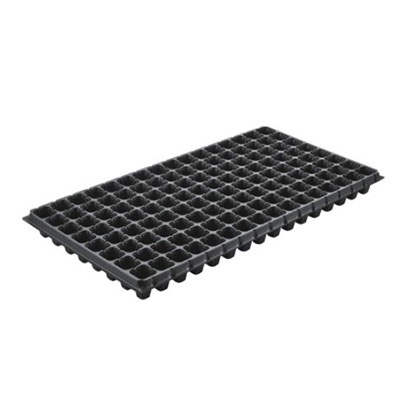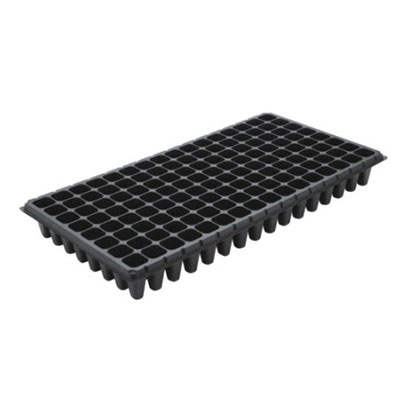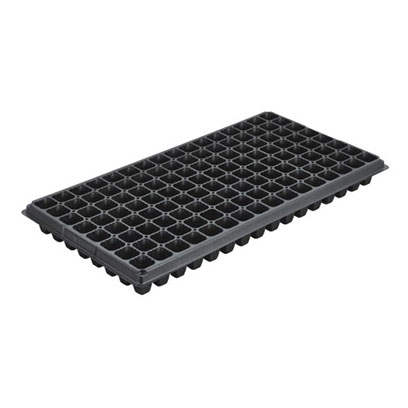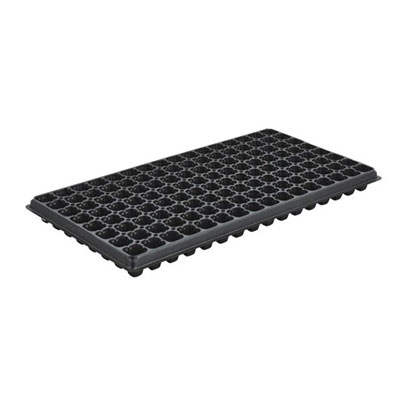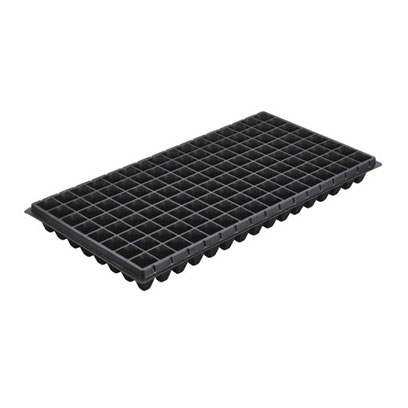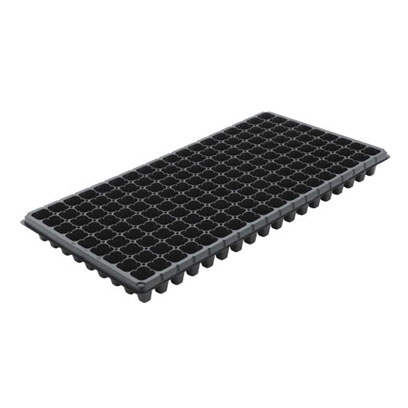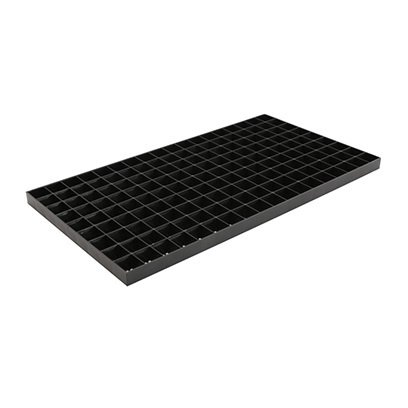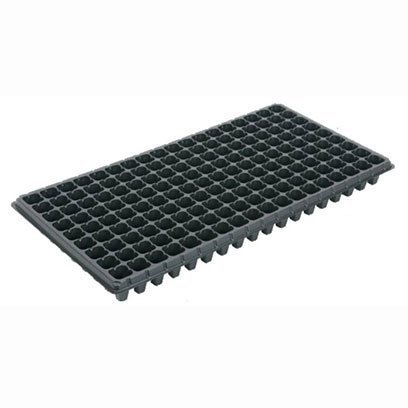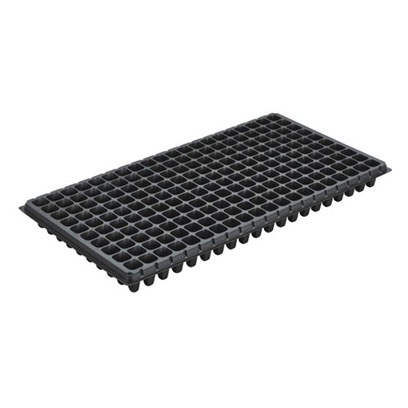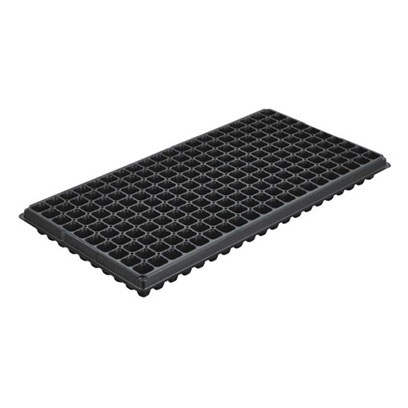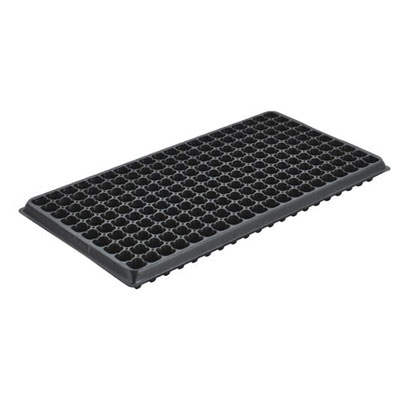Cell Trays - Wilson Garden
Seed Cell Trays Wholesale
Cell Trays Wholesale Price, MOQ: 5,000pcs, Free Samples, Fast Delivery! We are a professional seedling trays wholesale supplier with more than 20 years of manufacturing experience!
We ship seed starting cell trays worldwide, such as USA, Canada, UK, Ireland, France, Germany, Spain, Portugal, Belgium, Netherlands, Italy, Poland, Greece, Romania, Lebanon, Jordan, Saudi Arabia, UAE, Oman, Kuwait, Bahrain, Qatar, Trinidad, Jamaica, Barbados, Colombia, Ecuador, Brazil, Chile, Peru, Australia, NZ, Malaysia, Thailand, Vietnam, Indonesia, Pakistan, South Africa, Kenya, Uganda etc.
ODM or OEM Plant Cell Trays
Our black plastic plant cell trays are made of high quality polystyrene (PS) material. Color, shape, sizes and logo can be customized. We can make different thickness and weight. These plug plant cell trays are great for clones, vegetables, seedlings, fruits etc.
Our standard cell trays for plants thickness is 1.0mm thickness. The net weight is about 155g. Our reusable cell trays for seeds thickness range is 0.8mm-1.5mm thickness. The cell depth is 4.2-11cm. The hole shapes are mainly divided into circular and square.
Plastic Plant Cell Trays Manufacturer
Our seedling cell trays have drainage holes at the bottom. This can prevent the growth of mold. You can germinate seeds with seedling cell trays in the greenhouse and indoors. For example, trees, sugarcane, tomatoes, onions, lettuces, lavender, grass, succulent etc.
We also have different size humidity domes for these plant cell trays. We can provide free samples for testing. If you want to bulk seed cell trays, please feel free to email us via vincentwilsongarden@gmail.com.
How long can seedlings stay in cell trays?
1. Size of the seed cell trays
Seedlings outgrow these quickly. Their roots fill the small cells in 2-3 weeks. Larger cells can support seedlings for up to 4-6 weeks before transplanting.
2. Type of plant
Fast-growing plants outgrow seed cell trays faster. For example, tomatoes and cucumbers. You may need a transplant within 3-4 weeks. Slower-growing plants sometimes can stay up to 6 weeks. For example, peppers and herbs.
3. Signs for transplant
Roots are circling the bottom or poking out of drainage holes. Growth becomes stunted due to lack of space. Leaves start yellowing or drooping, indicating nutrient or space limitations.
4. Environmental conditions
Seedlings may stay longer in the trays with adequate light, water and nutrients. Require earlier transplanting if overcrowding and insufficient nutrients.
5. What happens if seedlings stay too long?
Root binding: Roots grow in circles and can become stunted.
Stunted growth: Limited space and nutrients slow the seedling’s development.
Transplant shock: Overgrown seedlings struggle more when transplanted.
6. Best practice
Transplant seedlings into larger pots or the garden before their roots outgrow the seed cell trays. Make sure they develop 2-4 true leaves. This ensures healthy, vigorous growth.

